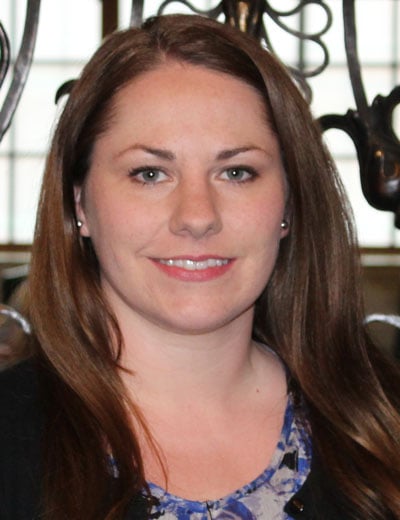 From time to time while researching someone’s family history, I incidentally come across a piece of information that catches my attention or leaves me intrigued. Recently I found myself in this situation while researching a family in the town of Lee, Oneida County, New York. As I often do, I searched local histories for this area of New York State to try and gather more clues for further research.
From time to time while researching someone’s family history, I incidentally come across a piece of information that catches my attention or leaves me intrigued. Recently I found myself in this situation while researching a family in the town of Lee, Oneida County, New York. As I often do, I searched local histories for this area of New York State to try and gather more clues for further research.
Our County and its People: A Descriptive Work on Oneida County, New York, edited by Daniel E. Wager, mentions a Colonel Alpheus Wheelock and his wife Rachel. This source claimed that Rachel was actually “a famous female physician.”[1] However, a search of the rest of this source showed no additional information about Rachel. This stuck with me and I sought to find more information about Colonel Wheelock’s “famous” wife.
According to this history, Colonel Alpheus Wheelock and his wife settled in Elmer Hill, a village within the town of Lee, in 1792. They were migrants from Rhode Island, and Colonel Wheelock had established the first tavern in the area.
An article from The American Genealogist entitled “Glocester, R.I., Removals 1783–1786,” by Charles W. Farnham, gave me some more information about this couple. In 1786, “Alpheus Wheelock of Uxbridge, Mass., and his wife Rachel … quitclaim rights in 60 acres of land in Glocester, a farm now owned by heirs of Joseph Armstrong of Glocester.”[2]
Vital records of Uxbridge show that Alpheus Wheelock and Rachel “Armstron” were married about 28 November 1785, which was the date of their marriage intention.[3]
Based on this and the land record found in TAG, Rachel Wheelock’s maiden name was Armstrong and she was originally from Rhode Island. She may have been the Rachel Armstrong, daughter of Job and Julia Armstrong, who was born at Glocester, Rhode Island on 18 November 1763.[4]
While I have only just begun looking into Dr. Rachel (Armstrong) Wheelock, my search of general genealogical sources such as vital, census, land, and probate records, local histories, genealogies, scholarly journals, newspapers, and military pension records have not revealed a possible source for this information. I am left with the familiar question we as researchers encounter when using uncited sources: Where did this information come from? The proof could be tucked away in a local historical repository under manuscript collections, family papers, bible records, and/or diaries. Of course, this may be one instance where we simply cannot corroborate the statements made. For now, we can take this 1896 publication with a grain of salt yet still believe that Rachel (Armstrong) Wheelock was a well-known physician in late eighteenth-century New York State, perhaps reminiscent of Martha Ballard, the focus of Laurel Thatcher Ulrich’s book A Midwife’s Tale. Only future research can tell.
Notes
[1] Daniel E. Wager, ed., Our County and It’s People: A Descriptive Work on Oneida County, New York (Boston: The Boston History Company, 1896), 462.
[2] Charles W. Farnham, “Glocester, R.I., Removals 1783–1786,” The American Genealogist 45 [1969]: 26.
[3] Massachusetts: Vital Records, 1620–1850.
[4] Rhode Island Vital Extracts, 1636–1899, at Ancestry.com.
Share this:

About Michelle Norris
Michelle holds a master’s degree in history from Salem State University, where she specialized in women in colonial New England. She completed her bachelor’s degree with concentrations in history and gender studies from the University of Massachusetts, Lowell. Michelle has a background in public history and has worked with the National Archives and Records Administration in Waltham, the Beverly Historical Society, and the Sargent House in Gloucester, Massachusetts. Her research interests include women’s history, society and culture, early America, and the American Revolution.View all posts by Michelle Norris →
